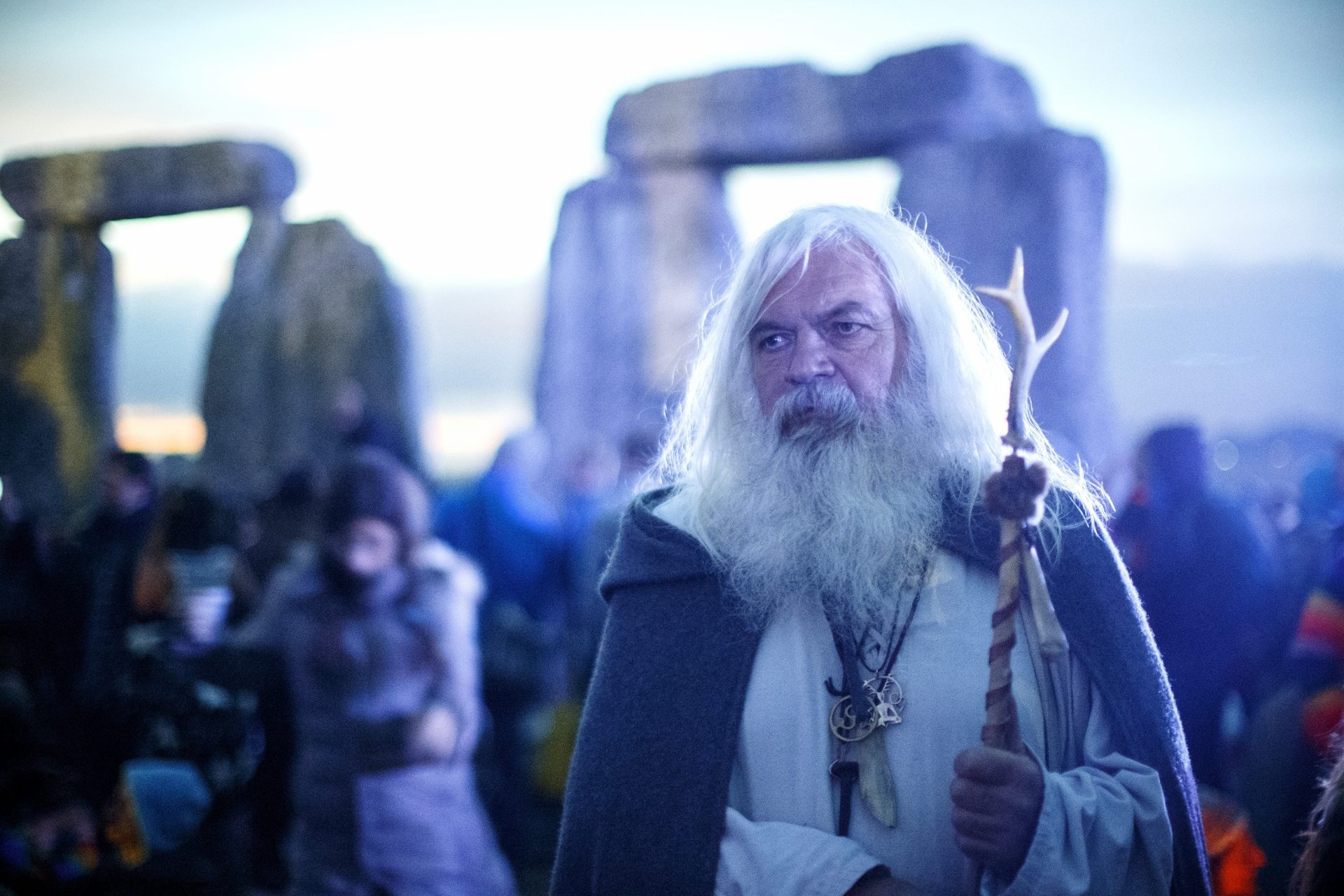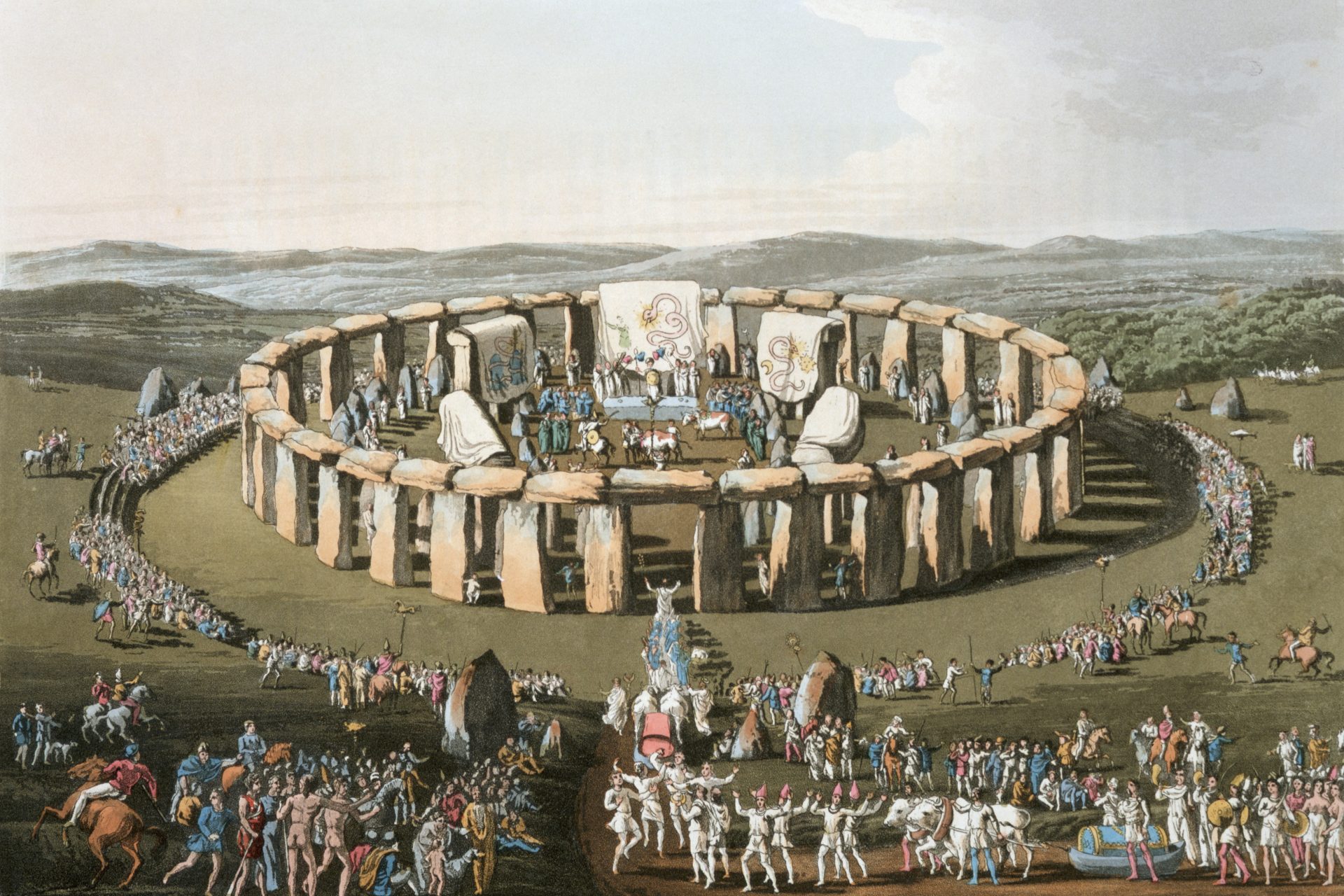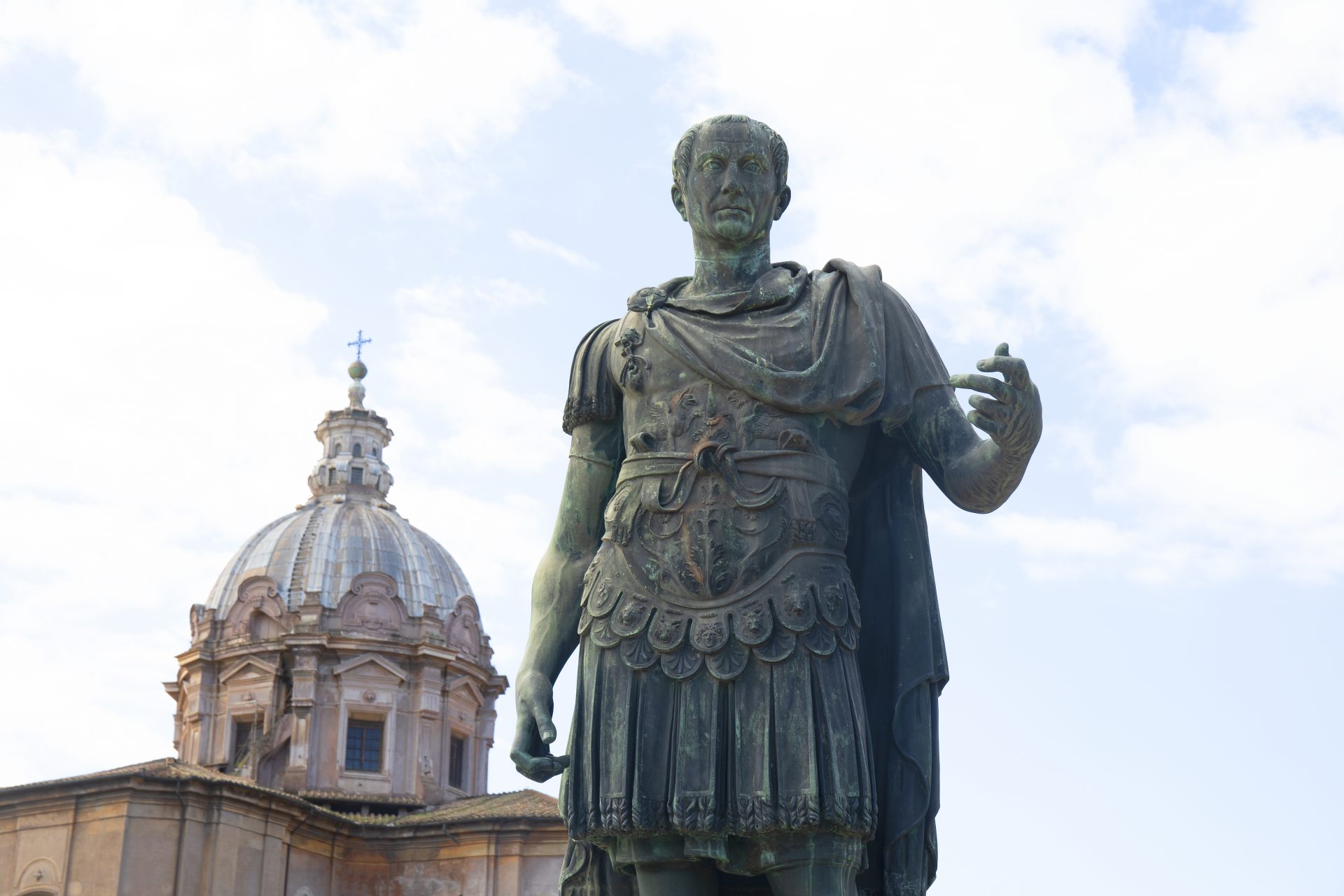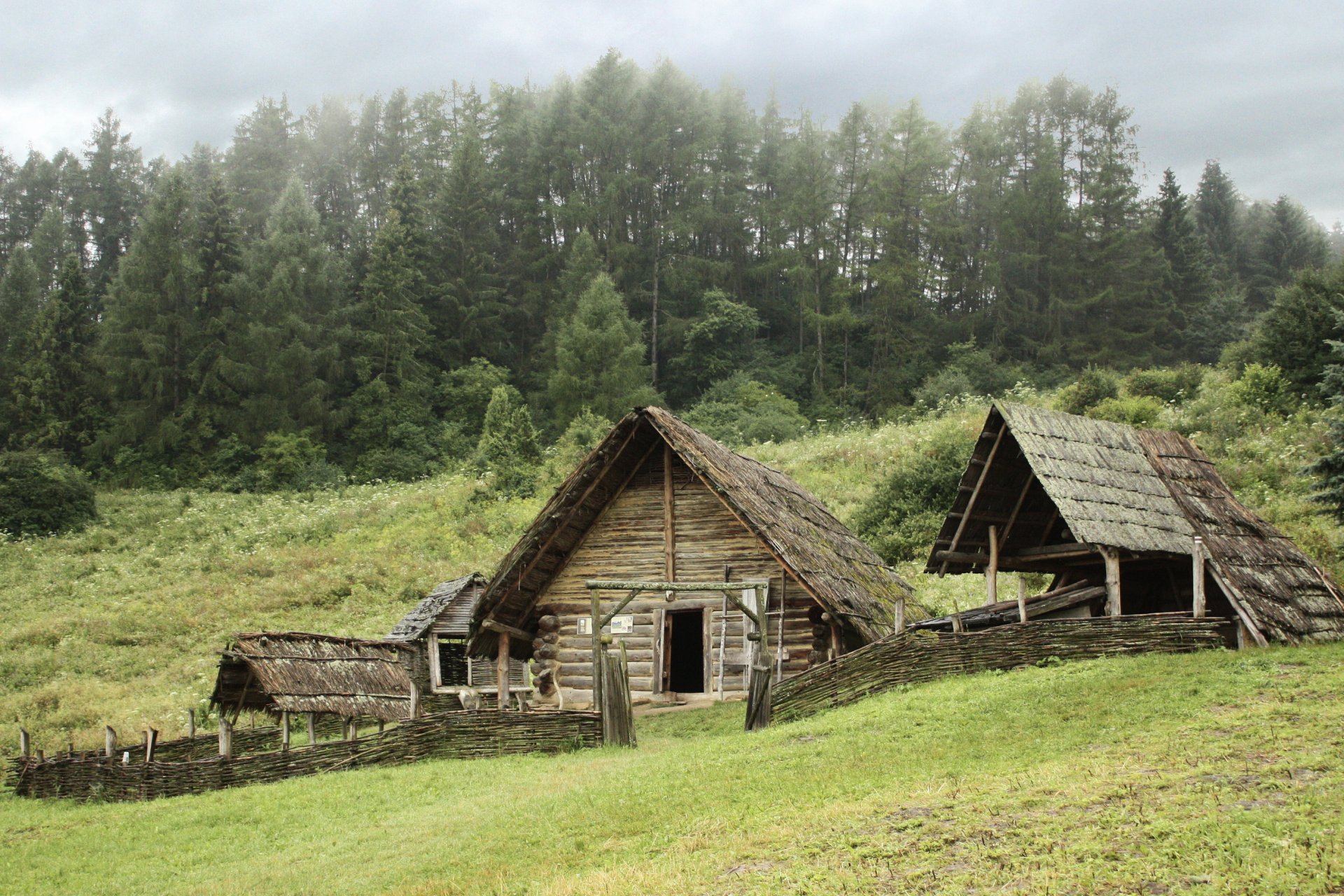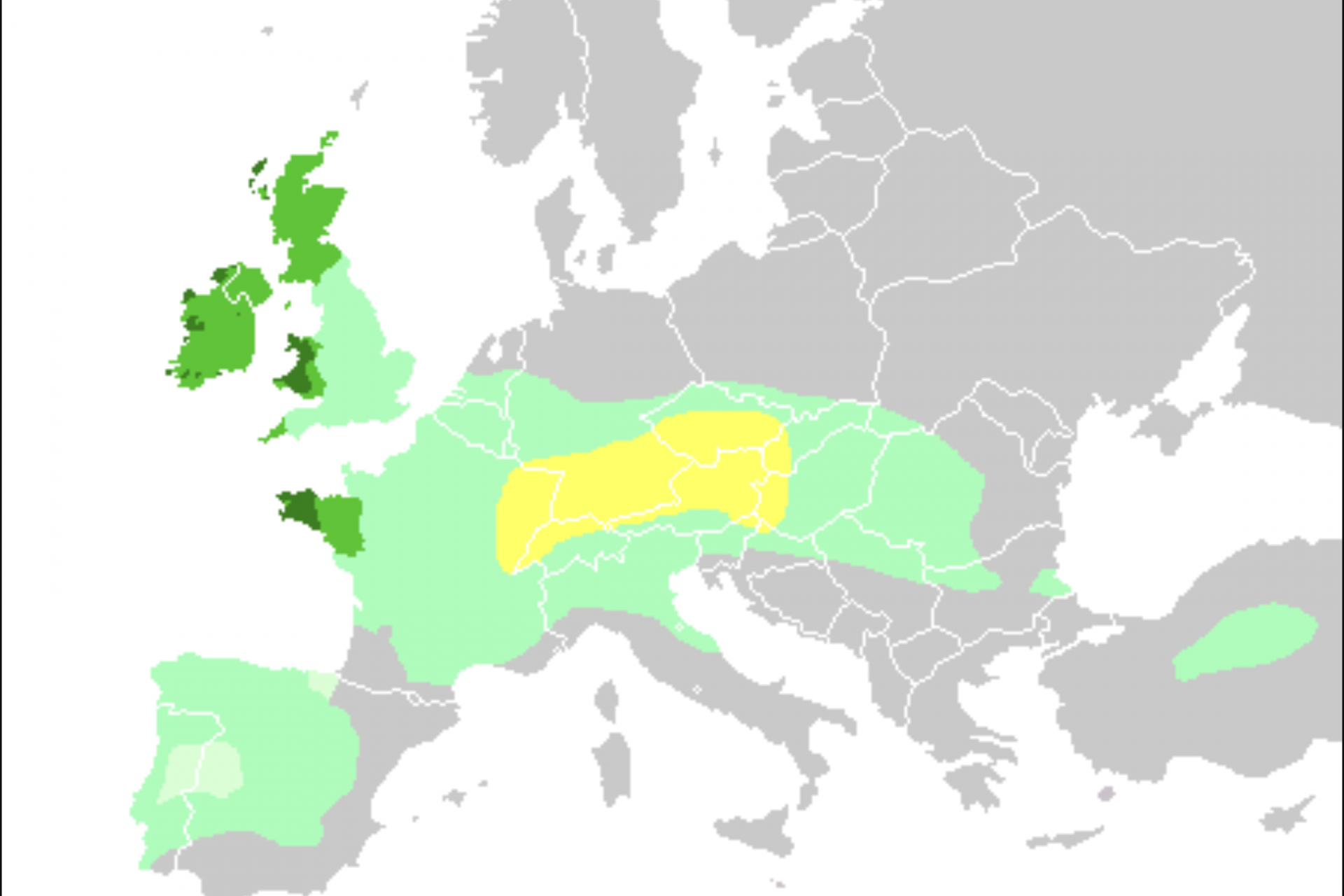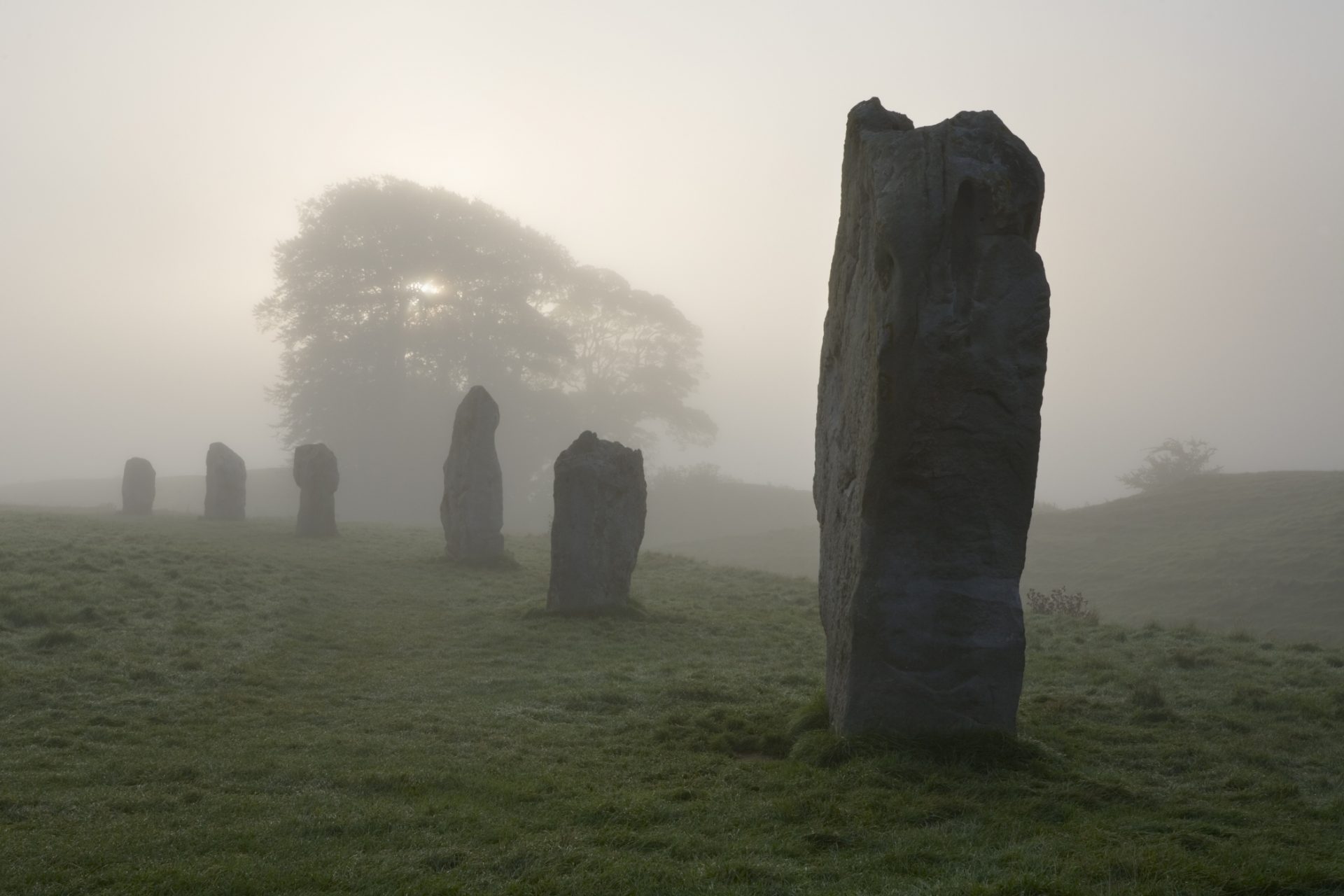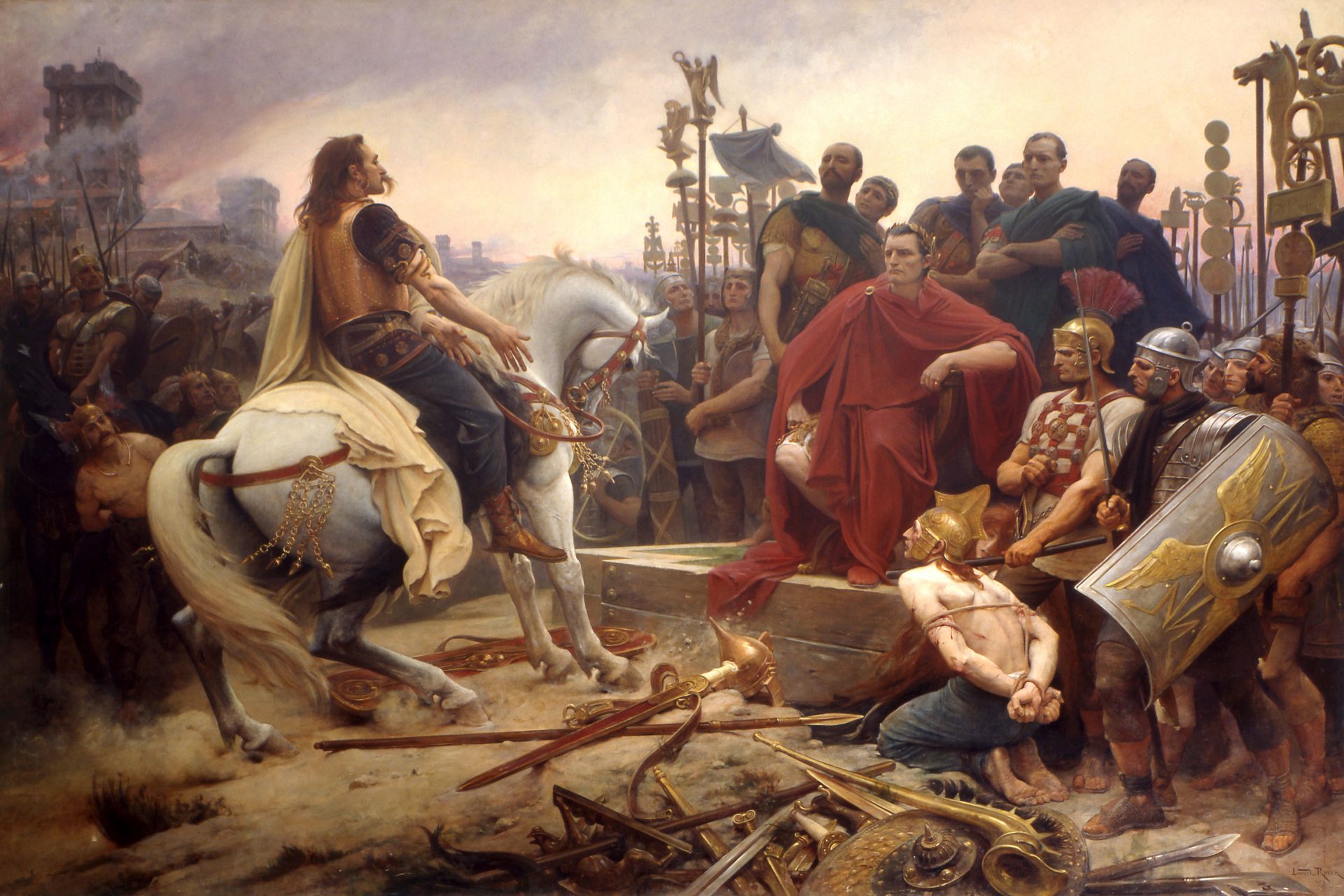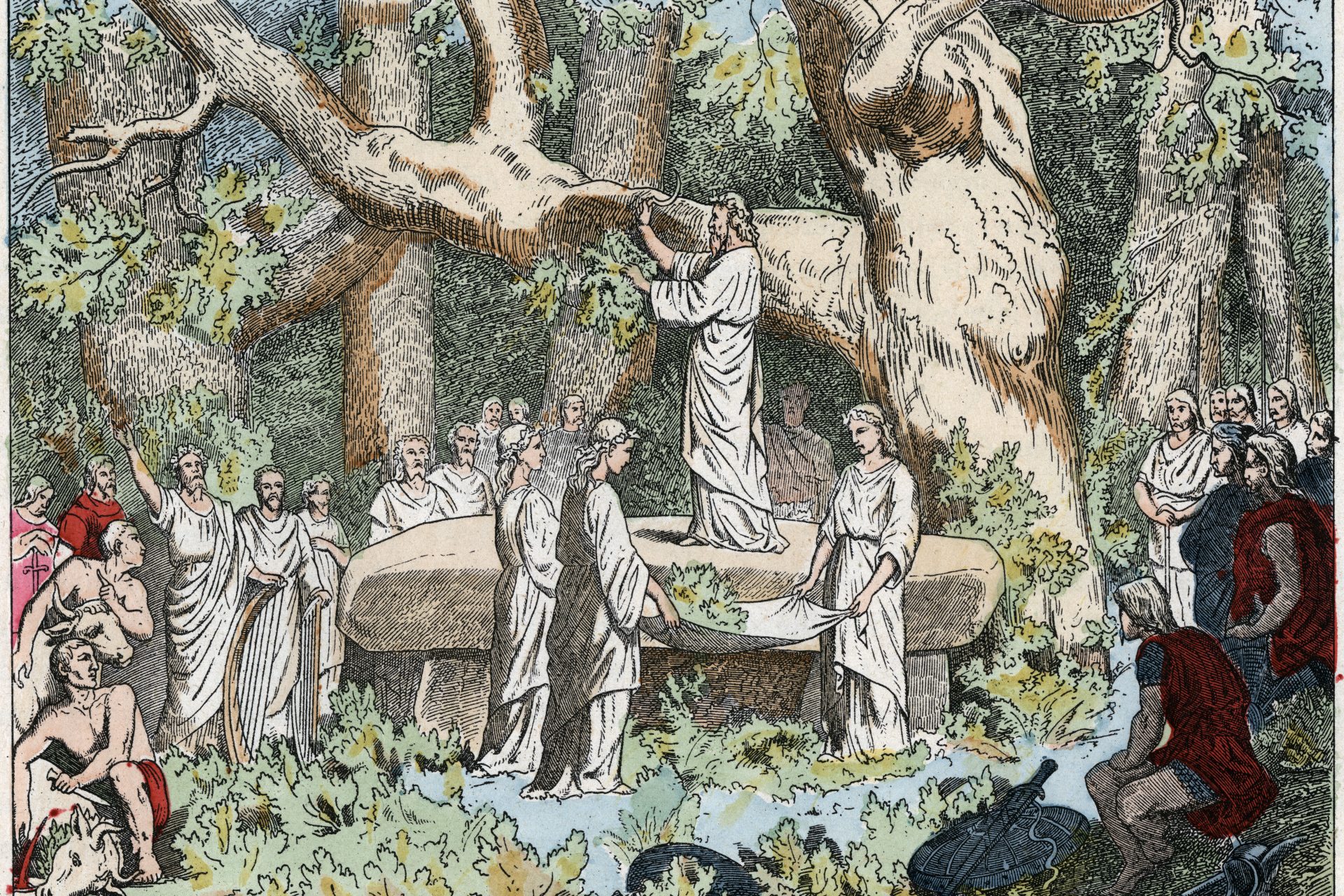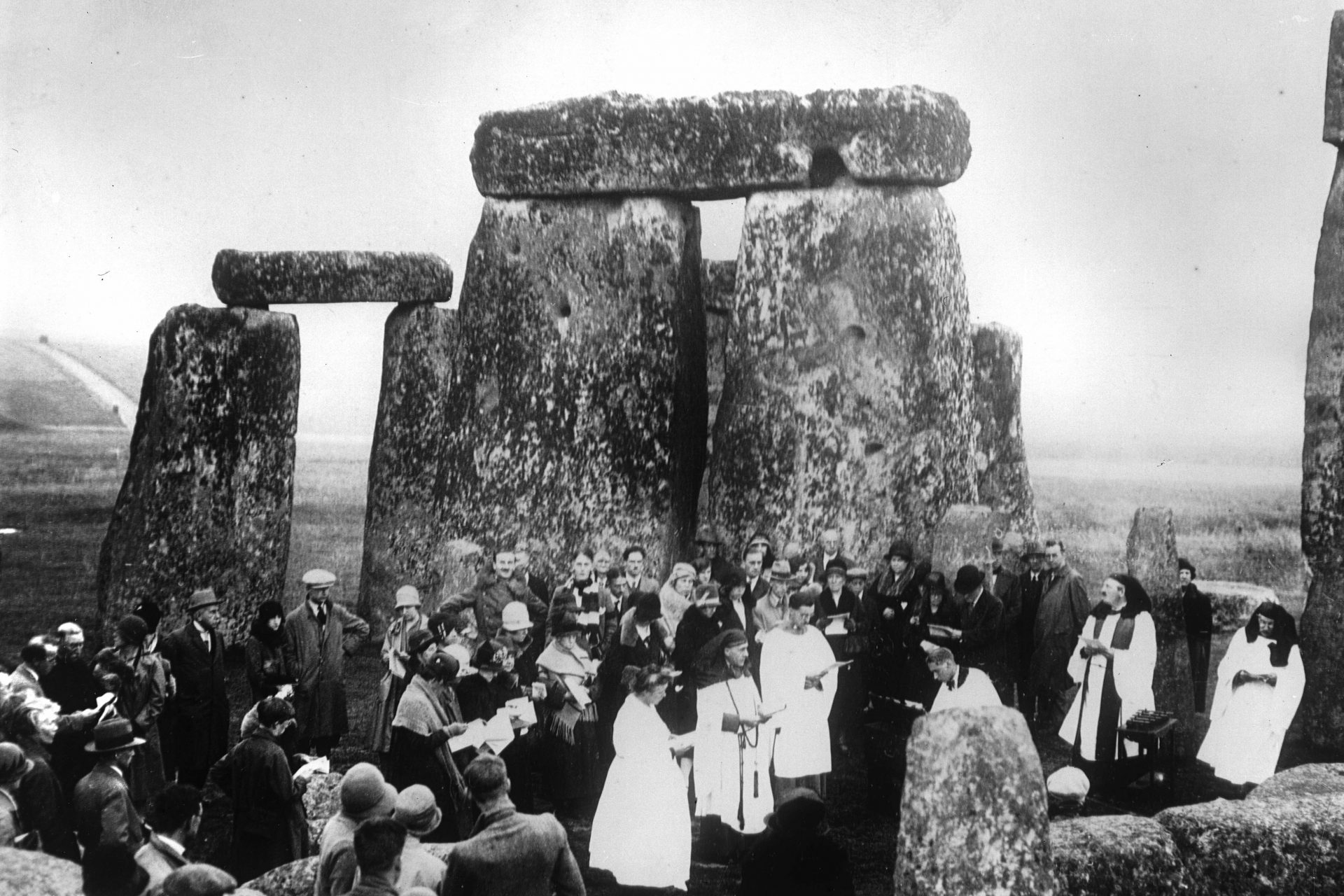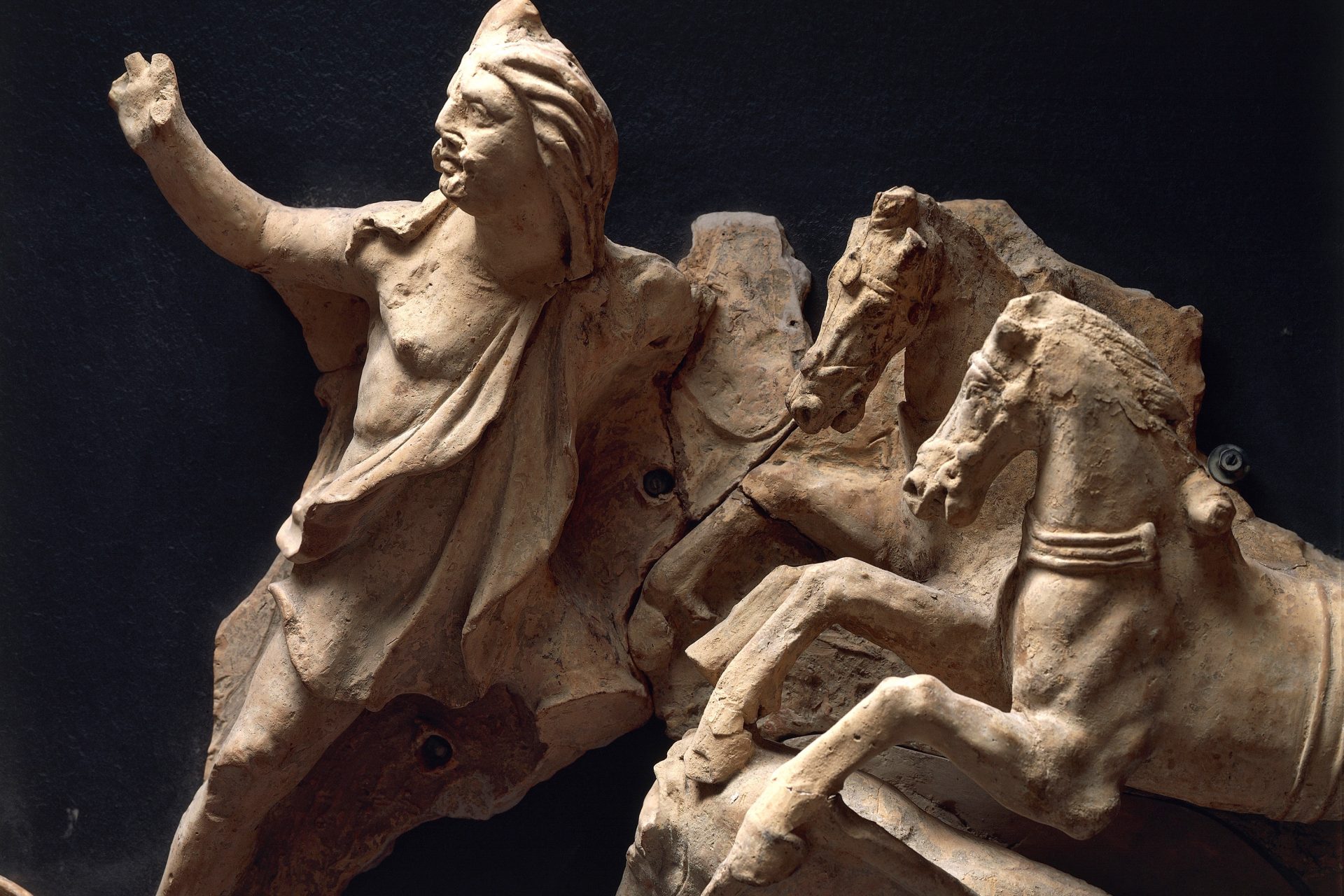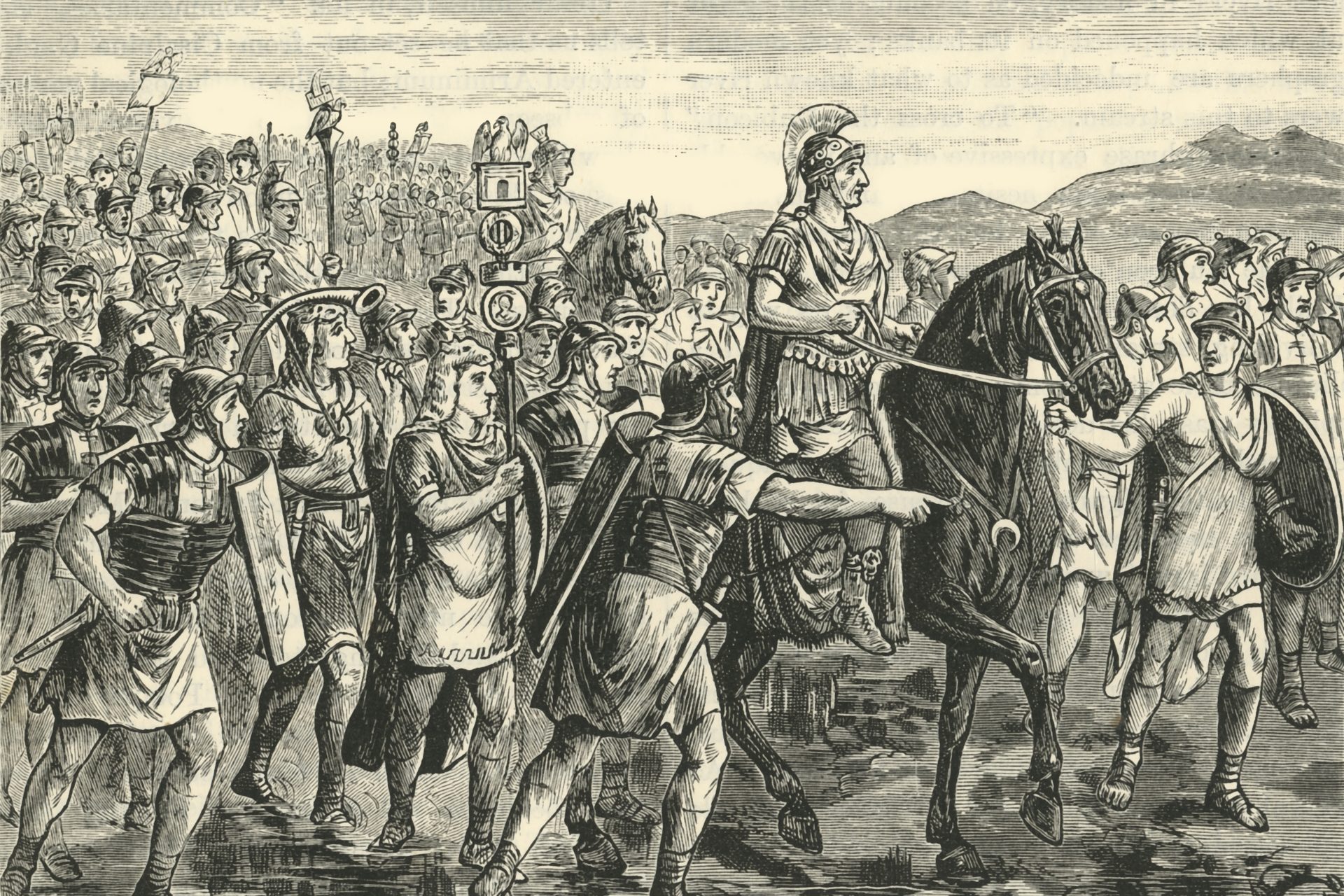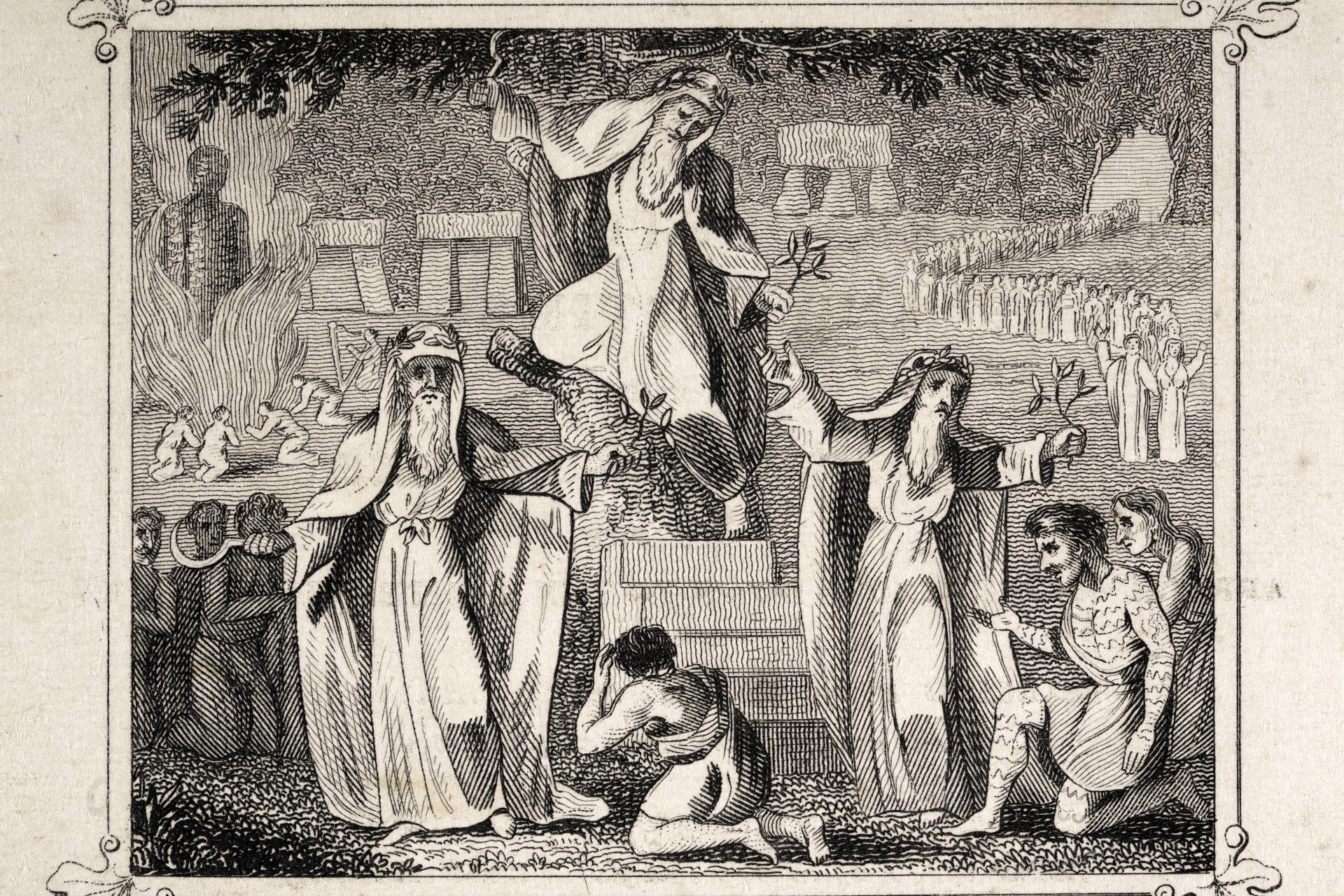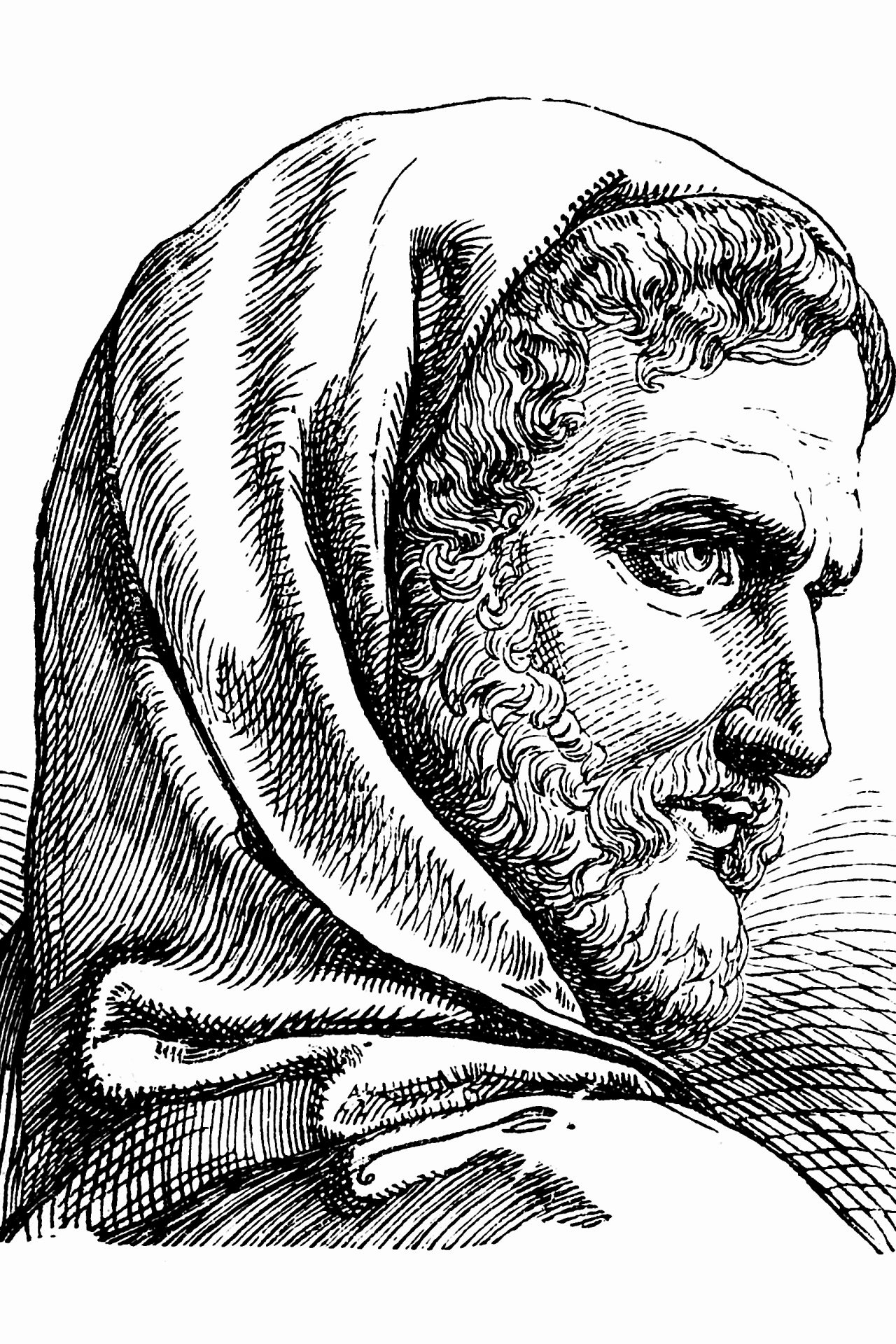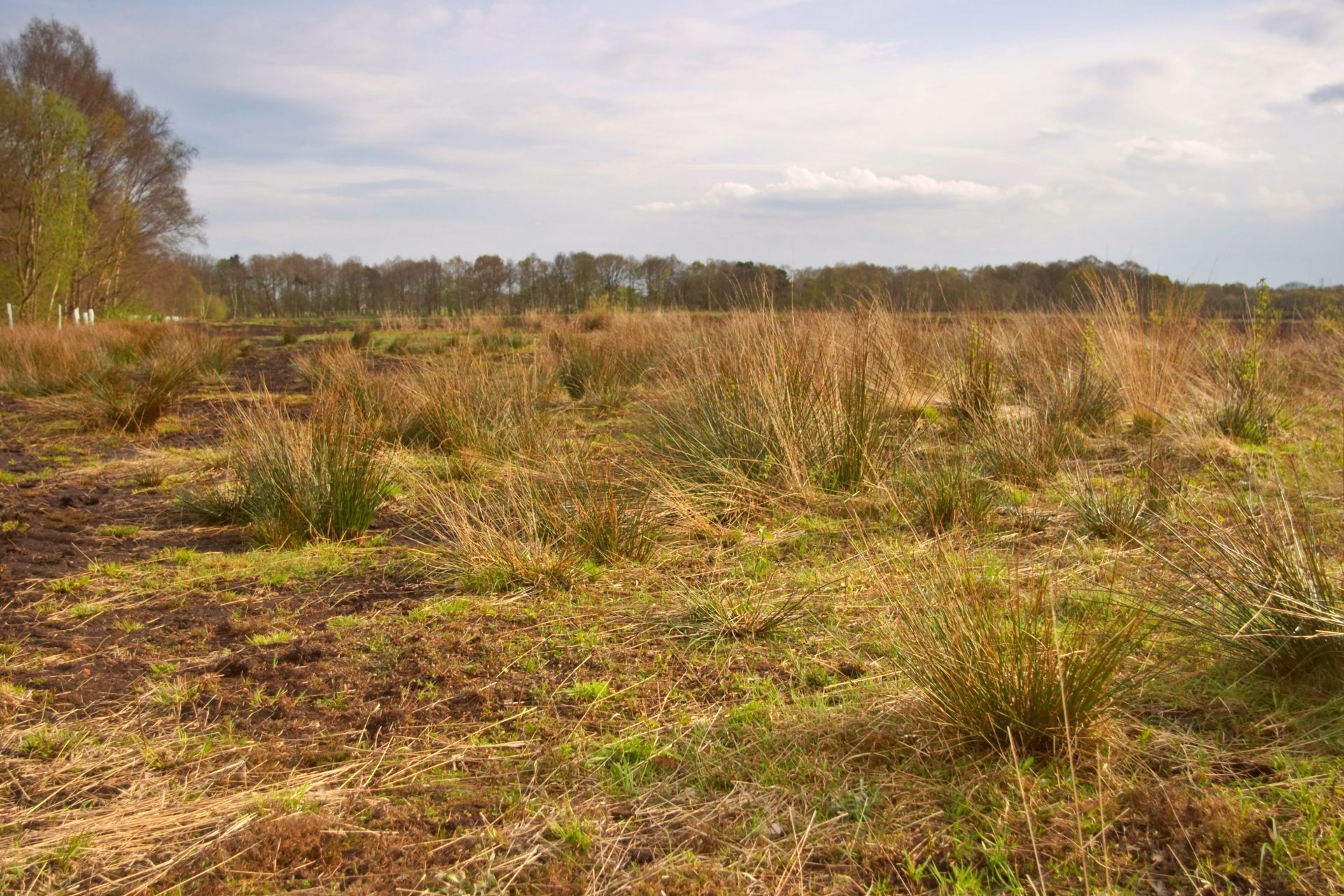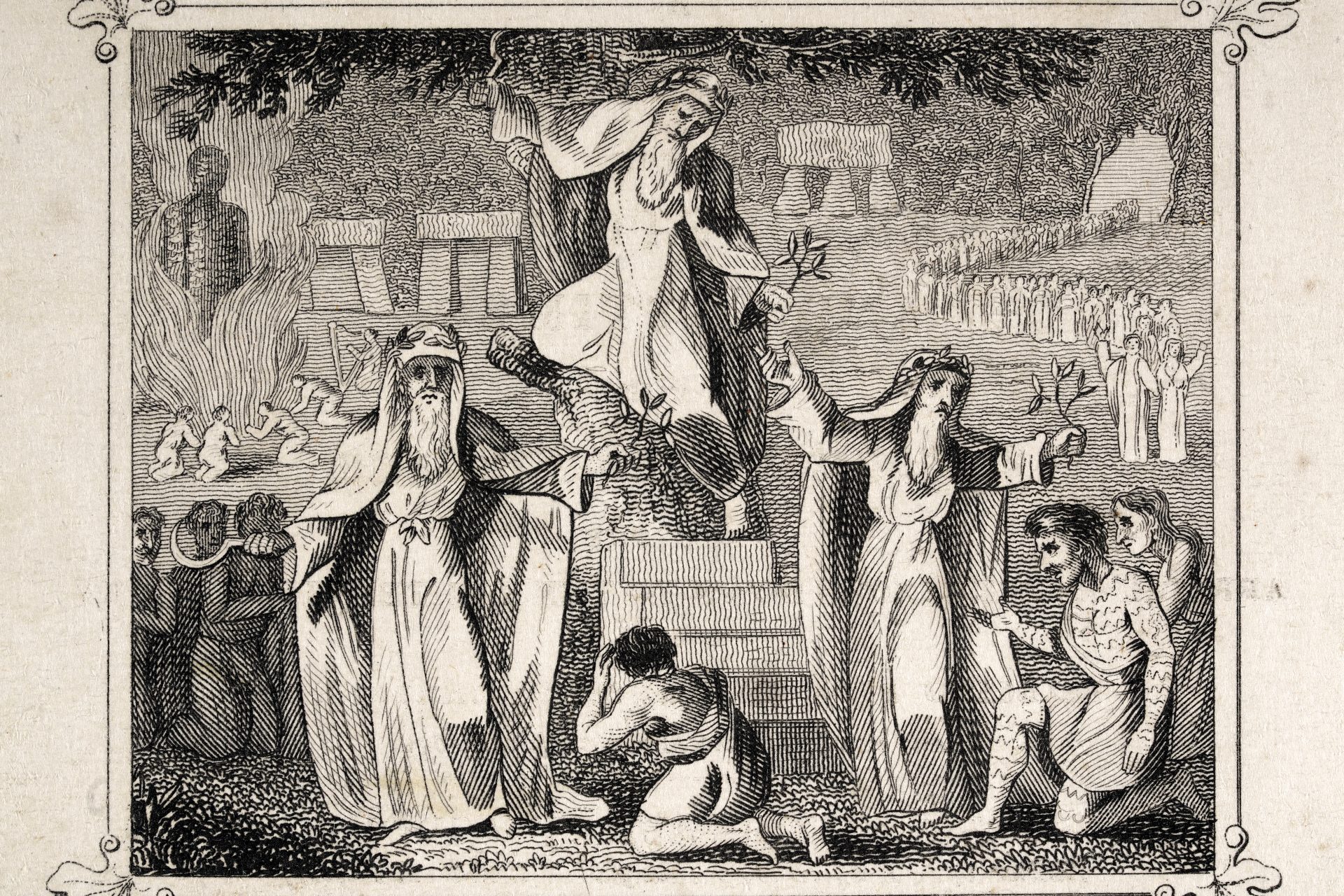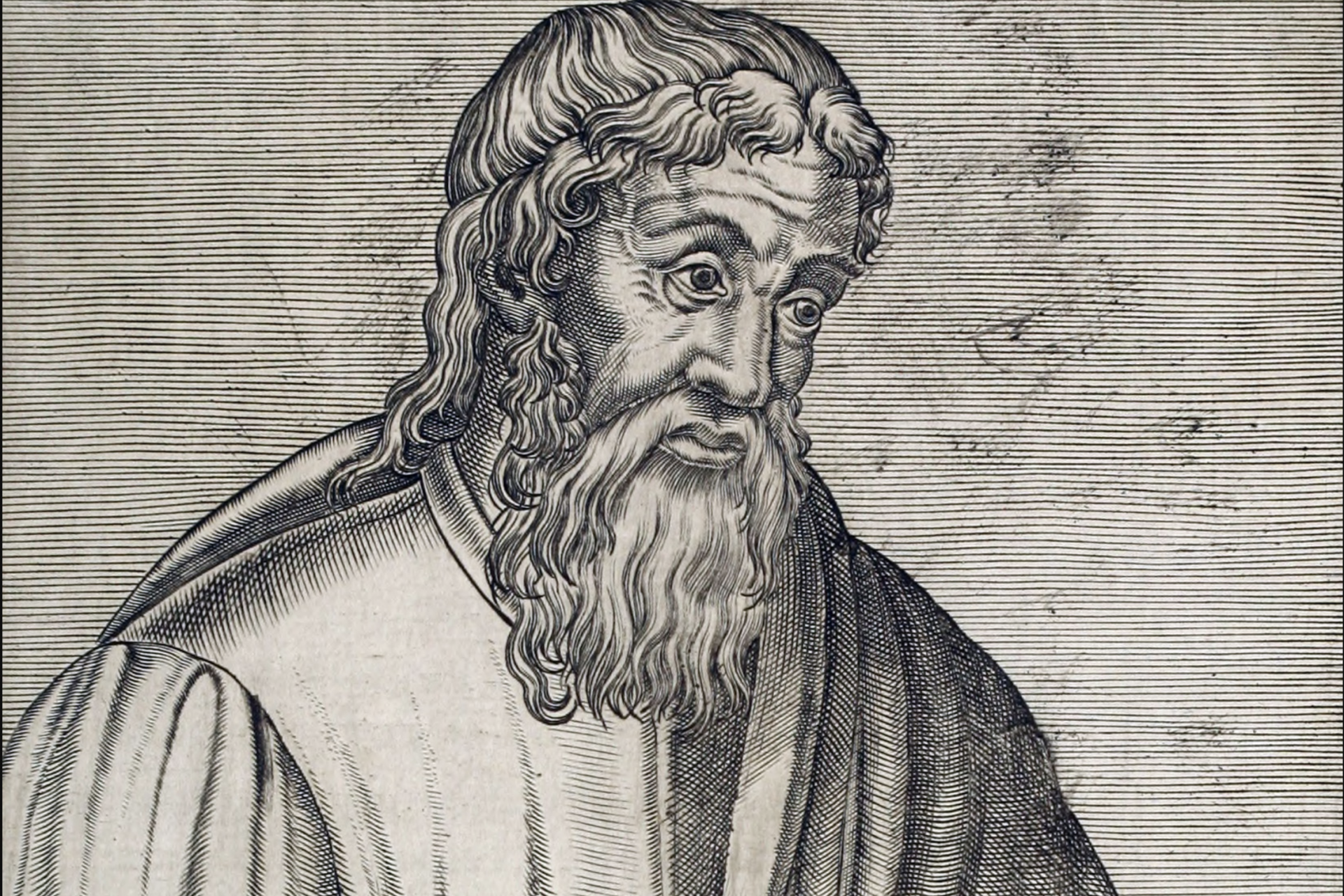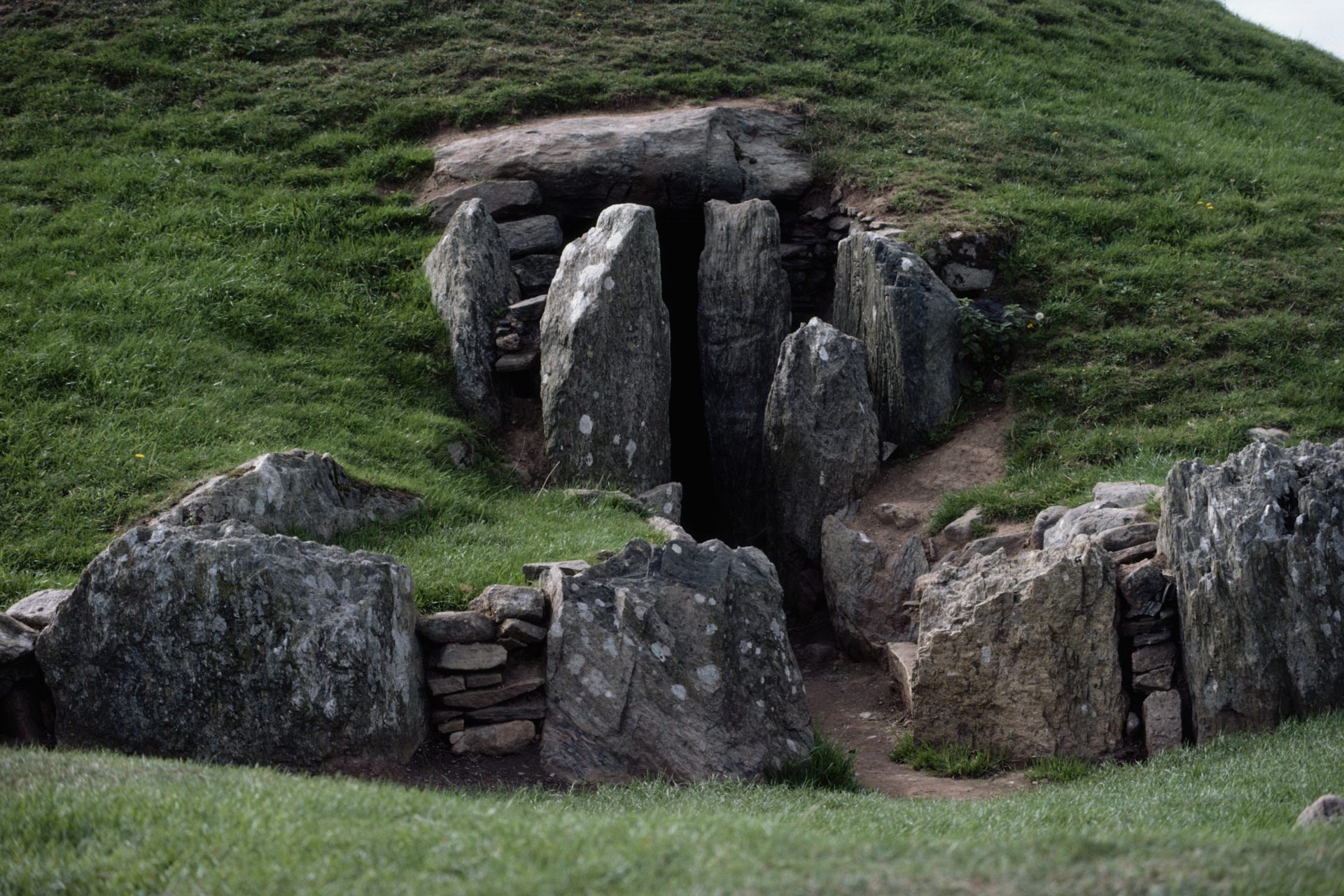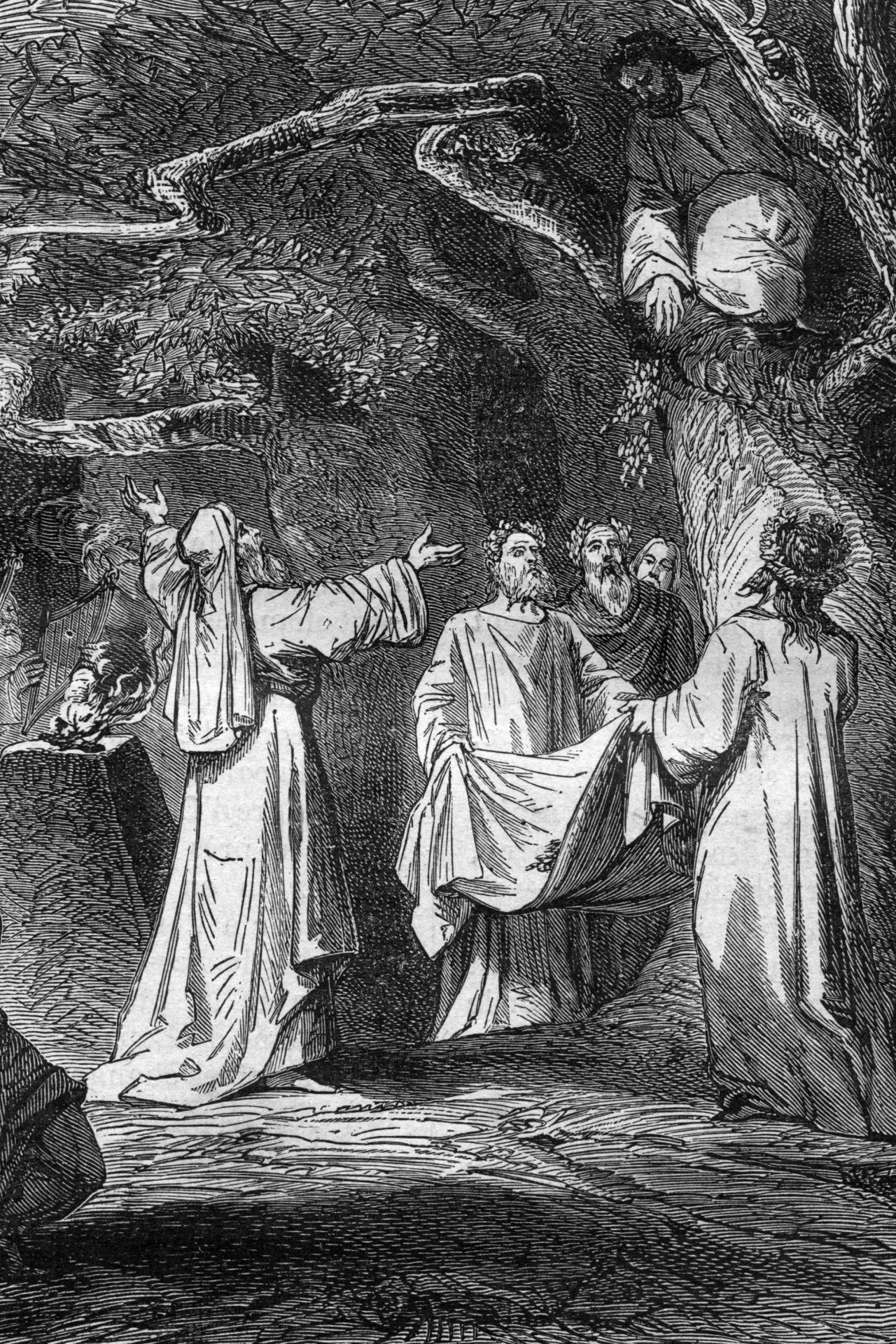Meet the Druids: mysterious and dangerous religious leaders of the ancient Celts
There is a lot of human history that remains a mystery to modern society. Some of the most widespread ancient groups are little more than a footnote in the past and that is a definition that fits the druids well. Let's look at what we know about these ancient priests who could allegedly stop battles with their mere presence.
Historians don’t actually know if the druids were a type of priest since we don’t have anything they wrote about themselves as proof. Everything we know about the druids comes almost entirely from secondhand Roman sources, who recorded very little about these ancient religious leaders.
However, we can still make some claims about these ancient religious leaders based on what we can read from men like Julius Caesar and Pliny the Elder, both of whom wrote extensively about the druids and their position in Celtic culture as they perceived it.
It’s important to understand who the Celts were since it was their society in which druids existed. The Celts were a group of ancient Indo-European people that inhabited most of today’s France and the United Kingdom for thousands of years according to Wikipedia.
Photo Credit: Wiki Commons By Marek Novotnak, Own Work, CC BY-SA 3.0
Parts of Spain, Germany, Hungary, Romania, and even Turkey were inhabited by Celtic people but much of what we know about the civilization today comes from what we’ve learned about the groups living in modern France, England, Scotland, and Ireland.
Photo Credit: Wiki Commons By QuartierLatin1968, CC BY-SA 3.0
Live Science noted druids were the religious leaders of Celtic society but we really don’t know when they hit the historical scene. Author of the book Druids: A Very Short History Barry Cunliffe pointed out the first written records of druids showed up 2400 years ago.
The druids are likely far older than their first written inscription according to Cunliffe. But we didn't know much about druidism at that time and we really only understood druidism based on what was written by Julius Caesar—the man who conquered France’s Celts.
Caesar's accounts of the druids explained that they were involved in “sacred things” and that they were the members of society conducting “public and private sacrifices” according to a translation of Caesar’s writing that was quoted by Live Science.
Druids were also involved in all matters pertaining to religion and Caesar said that it was the druids who mediated and settled most issues in their society—including dealing with crimes, inheritances, and boundary disputes. "They decree rewards and punishments."
Caesar claimed that the druids were prohibited from writing anything down, writing that the secretive groups didn’t want their "doctrines to be divulged among the mass of the people.” But such assertions are difficult to believe in their entirety.
The druids may have never written anything down but it probably wasn’t because they didn’t want those they led to discover the secrets of their ways. National Geographic noted the Celts use a writing system so that could explain why their druids didn’t either.
Interestingly, other Roman writers tended to focus on the barbarity of the druids and one writer revealed the druids’ alleged lust for human sacrifice. “To murder a man was to do the act of highest devoutness,” Pliny the Elder wrote according to National Geographic.
Pliny the Elder also claimed that the druids appreciated mistletoe and ate human flesh in order to gain blessings and good health. Another Roman chronicler by the name of Tacitus described how the druids sacrificed captive soldiers after they’d won a battle.
Both accounts would be difficult to prove today but National Geographic pointed out that the remains of what was thought to be a victim of Celtic human sacrifice was found back in 1984. The body became known as the Lindow Man and mistletoe was in his stomach.
“It’s tempting to speculate about the true nature of the Druids, but since most of what is known about this ancient social class comes from secondary sources, it is impossible to verify most claims,” wrote National Geographic's Erin Blackmore, and she was right.
However, we do know that the druids were likely highly respected in their societies and even the Romans noted this fact. Diodorus Siculus and Strabo both wrote that druids were so well looked upon they could stop battles with their presence according to Wikipedia.
Photo Credit: Wiki Commons By André Thévet, Public Domain
Archeological evidence can’t prove that claim but maybe it can prove druids did exist. Several burial sites have been found on a mysterious island linked to the druids and in 2022 archeologists made their latest find, a 4000-year-old on today’s island of Anglesey.
Unfortunately, it was Julius Caesar and Tacitus who linked the island of Anglesey to the druids according to a Live Science article, which also noted “no archaeological evidence of the Druids has ever been found.” So figuring out who they were might still take a while.
More for you
Top Stories



